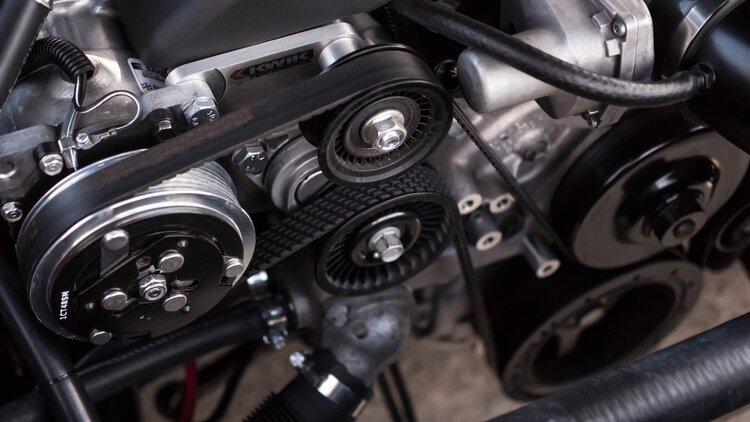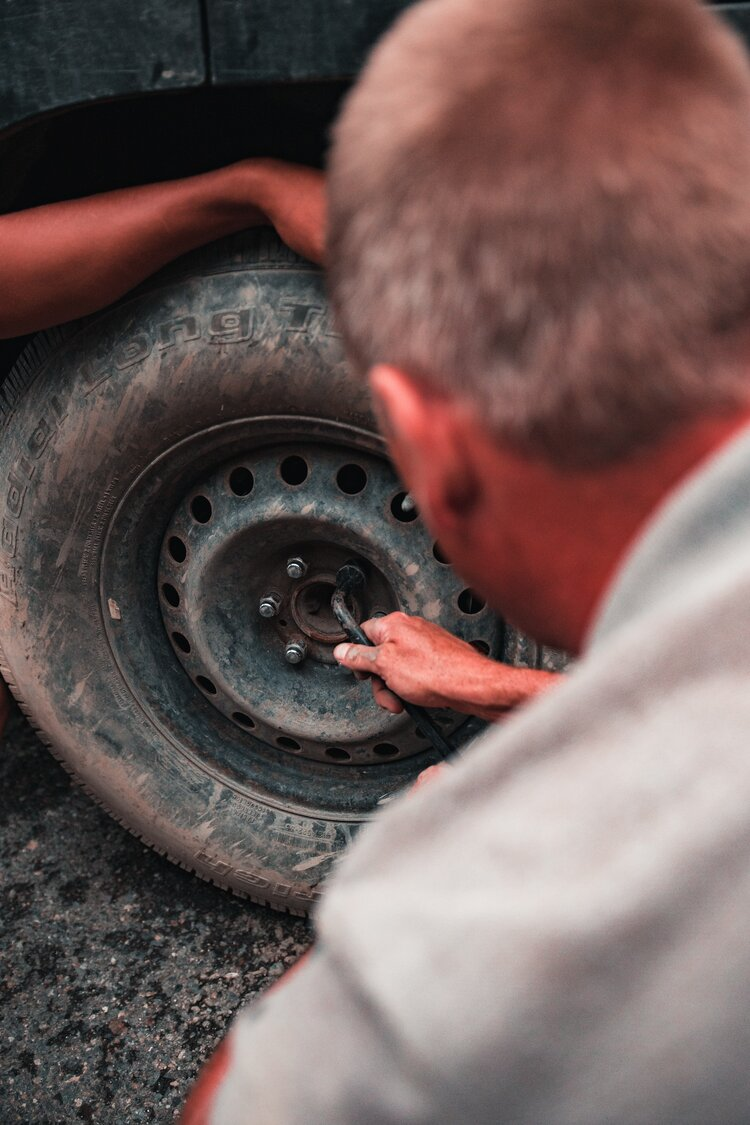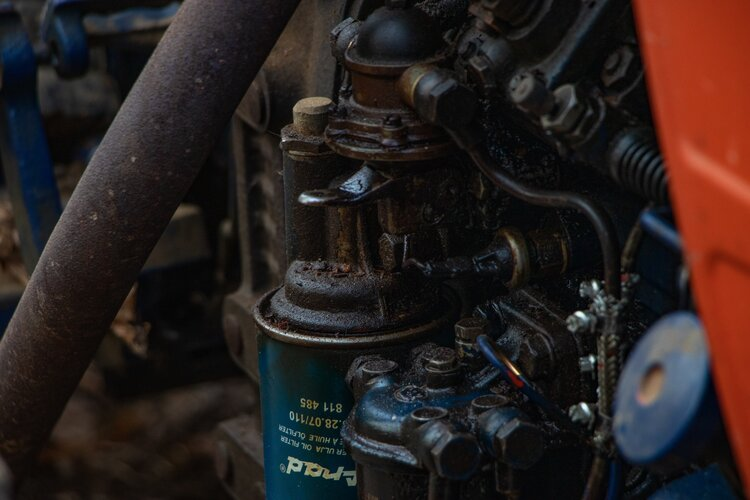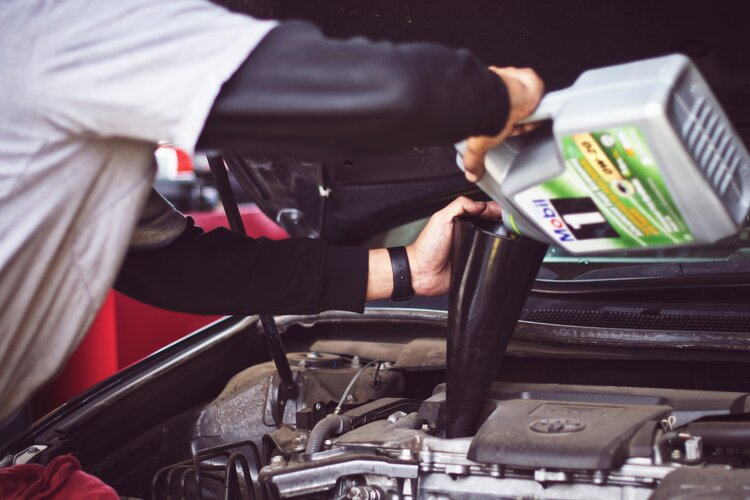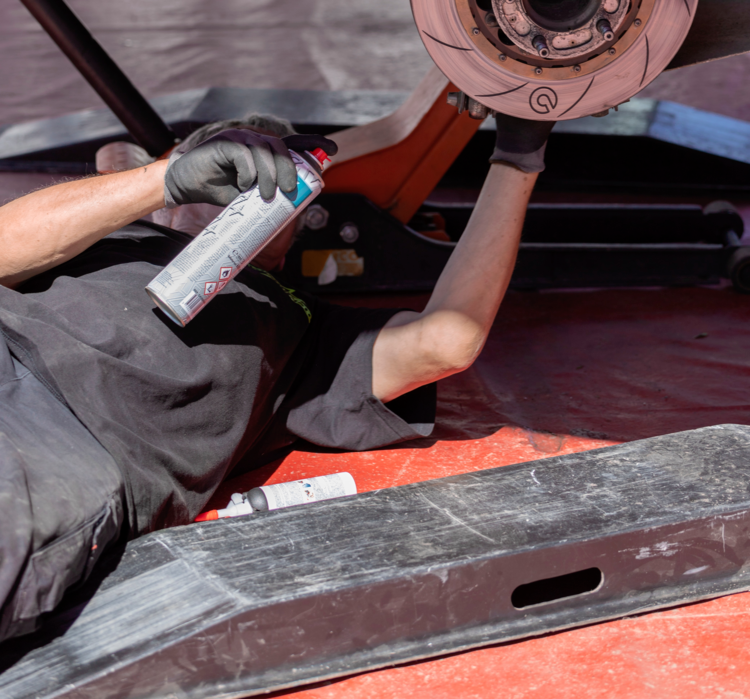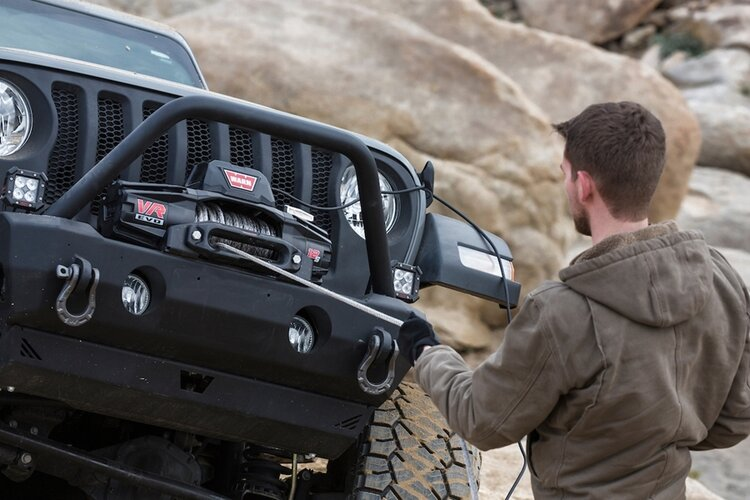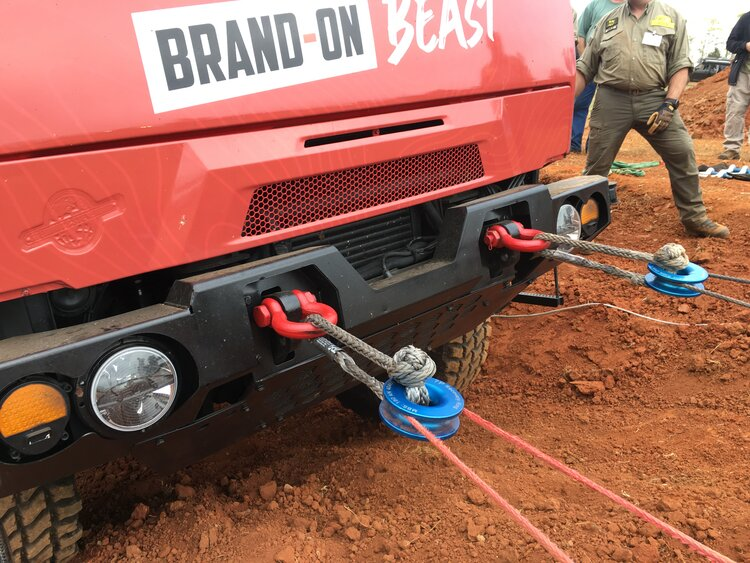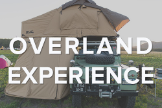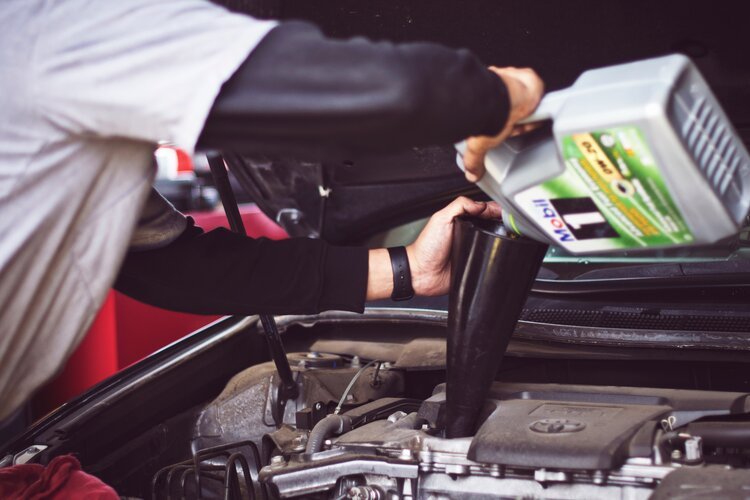
Hopefully, over the last week, you were able to put some hours to use planning your next overland adventure.
You can only sit at your kitchen table and plan for so long, however. Now it’s time to get up and move around a bit. So, why not turn your attention to your rig?
On the trail, it’s easy to mentally compile a to-do list for your rig, including maintenance, repairs or modifications. By the time you get home, though, it’s even easier to lose motivation to take the list on — or forget the list altogether.
Now is the perfect time to make the list and knock them out.
GENERAL TIPS
Overlander rigs span decades. Some are brand new while others are more than thirty years old — and everything in between. No matter the age of your rig, there is regular maintenance you can consider tackling during lockdown.
Photo credit: Chad Kirchoff | Unsplash
If your vehicle is virtually brand new, it likely won’t need any of these services done. Still, it’s good to take time and inspect your vehicle to ensure it is in top condition — better now than the night before a two-week overland adventure.
ROTATE THE TIRES
Sure, you might have rotated one tire that time you had a blowout on the trail and you had to swap in your spare. That doesn’t cut it. Take 30 minutes and rotate your tires correctly.
Remember: you move the front two straight to the back. The rear tires go forward, but cross them to the other side of the vehicle.
Also, for those of you running 35-inch tires or larger: consider inviting a friend over for the rotation. Tossing around 80 pounds of wheel and tire four times in a row is an easy way to injure yourself. So, get a buddy to help you lift them if you can.
TIME FOR A TUNEUP?
Older vehicles could use a set of new spark plugs every 30,000 miles. Some newer vehicles, however, might not need a new set every 100,000 miles. But there’s no harm in replacing them prematurely. It’s a super satisfying job, because you’ll feel like you got something important done without doing a ton of work. Even the best spark plugs are relatively inexpensive. So, you might as well spend an afternoon doing a tuneup.
If your vehicle has a distributor cap, rotor, and spark plug wires, you ought to consider replacing those while you’re under the hood, too.
Remember to always reference the factory torque specifications of the spark plugs. The last thing you want is to damage the cylinder head by torquing the plugs too tight — especially if your vehicle has an aluminum head.
ENGINE HOSES + COOLANT FLUSH
If your rig has more than 30,000 miles on the odometer, or is more than five years old, it might be due for a coolant flush. If your vehicle has more than 60,000 miles on the clock, you should consider replacing the radiator hoses while you’re at it.
A coolant flush, even when done right, is a messy job. It’s not much messier if you remove and replace your coolant hoses at the same time. Rubber engine components deteriorate naturally with normal use. Long, grueling, and dirty overland adventures add additional stress and wear. You might as well eliminate that weak spot now, so you don’t have to worry about coolant hose failure on the trail.
OIL CHANGES
While we’re thinking about fluids, you ought to consider changing/flushing the various oils in your vehicle’s driveline. And we’re talking about more than your routine oil change.
If it’s been more than 30,000 miles since your last transfer case and differential fluid flushes, now is the time to take them on. Unlike the incredibly messy coolant flush, t-case and differential fluid flushes are relatively easy and straightforward.
Check this out: QUARANTINE AND THE ART OF MOTORCYCLE MAINTENANCE
Be careful not to strip a fill or drain plug bolt when you’re torquing them back on; you could risk getting the plug only partially torqued down. This could result in a fluid leak, which could prove disastrous if you run a component dry — on the trail or otherwise.
Photo credit: Tim Mossholder | Unsplash
GREASING — U-JOINTS, TIE RODS & BALL JOINTS
Now that you’re all oiled up from changing/flushing all your engine, t-case, and differential oils and you’re lying under your rig, you might as well spend a few minutes pumping some grease into some often-overlooked moving parts: your driveline universal joints and the steering/suspension tie rod ends and ball joints.
Your u-joints should be greased every 50,000 miles. And your tie rod ends and ball joints should be greased every 4,500 to 5,000 miles. When was the last time you did either? That’s what we thought. Grab your grease gun and get greasing.
Of course, some newer vehicles have sealed tie rod ends ball joints. So, don’t try to grease those. This is advice for folks rolling older rigs.
REPACK WHEEL BEARINGS
If you have a newer vehicle, chances are good that it has sealed wheel bearings at all four corners. So, you can go ahead and skip this recommendation. If you’re running something a bit older, like a vintage Land Rover or a Land Cruiser 80 Series, this is a good bit of maintenance to knock out during lockdown. Your wheel bearings should be repacked every 30,000 miles.
Like a coolant flush, there’s no clean and simple way to repack wheel bearings — you’re going to get greasy. When you get the bearings out and cleaned up, if they look at all worn or compromised by old grease or grime, you might as well replace them.
Photo credit: Maxime Agnelli | Unsplash
Sure, you can get inexpensive replacement bearings, but don’t skimp. Go for OEM quality or higher, for an extra $15 (or there about) you’ll have infinitely more peace of mind because you’ll know you installed the sturdiest, longest-lasting option.
WINCH & RECOVERY GEAR MAINTENANCE
WINCH LINES
A lot of folks think their winch is a ‘set it and forget it’ sort of tool. It’s not. Winches with synthetic rope, especially, require inspection and maintenance. With your lockdown freetime, unspool your winch line and inspect it for damage. Whether it’s a steel or synthetic line, you should not use a winch line that has been damaged.
Photo credit: WARN
While you have your synthetic line unspooled, you should take this opportunity to clean it. Cleaning synthetic line is simple; get a bucket of water with a mild detergent, like a dishwashing liquid, and dunk sections of the rope. Push the rope together in the water. This frees up any dirt. Repeat this down the length of the line.
If you’d like to check out other winch maintenance tips, our friends at WARN recently put out a blog post that walks you through the ways you can ensure your winch is in top shape.
RECOVERY GEAR
Similarly to inspecting your winch line, it’s important to unpack your other recovery gear — snatch straps, soft shackles, and winch extension ropes, for example — and ensure they are clean and undamaged. Just like a winch line, if a piece of recovery gear is damaged, discard it and replace it.
If you’re in need of some new recovery gear, check out the kits that our friends at 7P offer, including the Overland Kit, Overland Kit HD, and Expedition Kit.
Photo credit: Graham Jackson 7p Overland
WATER SYSTEM CLEAN OUT
If you have a water system onboard your rig, chances are it could benefit from a good cleaning. Luckily, cleaning your water system is easy. Simply create a 20% bleach, 80% water solution and run it through. This ought to kill anything in your water system. Of course, remember to sufficiently flush the system with 100% water after this treatment. Despite current theories making the, you don’t want to consume any amount of bleach.
BUT WAIT, THERE’S MORE
We don’t imagine these are the only helpful bits of rig maintenance you can take on during the lockdown. For example, your battery might be weak and in need of replacement.
However, these are projects the Overland Expo team are undertaking in our own garages right now. We’ll have more on our own personal vehicle projects soon.
In the meantime, happy wrenching.
Header photo credit: Greg Rosenke | Unsplash

